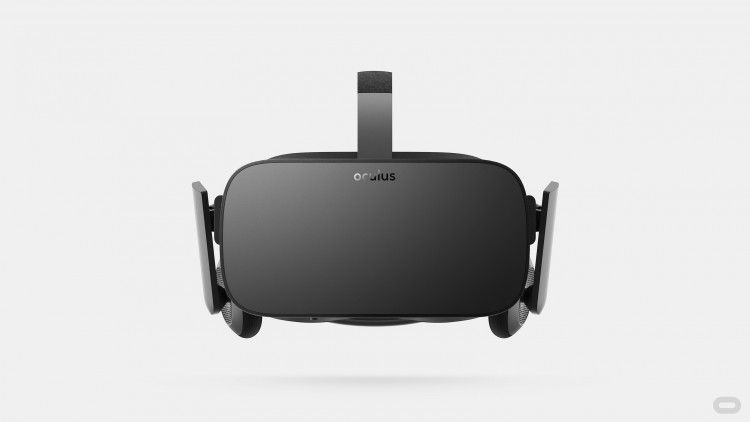Apple Watch 2 To The Oculus Rift: What You Should Know About Wearable Technology
What You Should Know About The Next Big Leap In Technology
Wearable technology is a concept as old as the wristwatch itself. But today's wearable market does much more than tell time, helping users track fitness goals, send texts, receive phone calls plus notifications at a glance and even replace smartphones — and watches — entirely.
Here at GearBrain we're going to lay out some of the bigger categories, helping you understand where the market is today — and where it's going tomorrow.
Today's Wearable Market: Still in the Beta Stage
Smartphones have supplied on-the-go consumers with many of the best features of an Internet-connected desktop or laptop, causing a major shift from desktop to mobile computing. In the meantime, many of us find ourselves, and others, removed from the world around us, buried behind a screen.
Analysts say that another major shift might be on the horizon. Products like the Apple Watch and Microsoft HoloLens represent a new wave of devices, conveniently accessing the best features of a smartphones through the things we already carry around, like glasses, watches and jewelry. Wearables, like these, are innately more personal to consumers than other gadgets because they are worn, instead of stowed away in a pocket or bag.
Swiping on a touchscreen could quickly be replaced by hand gestures and voice commands. Even the motion of moving an arm could trigger an action. Businesses are also beginning to find professional uses for wearables, and virtual reality headsets are slowly becoming more available to consumers. And athletes and fitness-minded users can already track their movement and progress using wearables, without having to strap a smartphone to their arms.
Yet, even as some of the most popular wearables currently on the market, smartphones and fitness bands offer limited capabilities and features so far.
Tomorrow's Wearable Market: Lower Cost, Less Functionality
The Apple Watch is a newcomer, yet already driving consumers towards more advanced wearables. While Apple's first foray into wearables is reportedly outselling its smartwatch competitors, the industry is led by simpler and lower-priced activity trackers like the Fitbit, which led as the most popular wearable device as of the second quarter of 2015, according to research firm IDC.
For now, most wearables — like the Apple Watch — must connect to a smartphone or tablet for full functionality. Smartwatches may be limited like early smartphones, without killer apps or powerful connectivity, but are likely to follow a similar evolution as smartphones over time.
Beyond the smart watch, wearable products like headsets and fitness trackers are expected to fulfill niche roles in industries like healthcare, entertainment and the military. Eventually, new categories like jewelry or specialized products made for our children or pets could also play a role. Here at GearBrain we'll examine what's available today — and what we might play with tomorrow.
